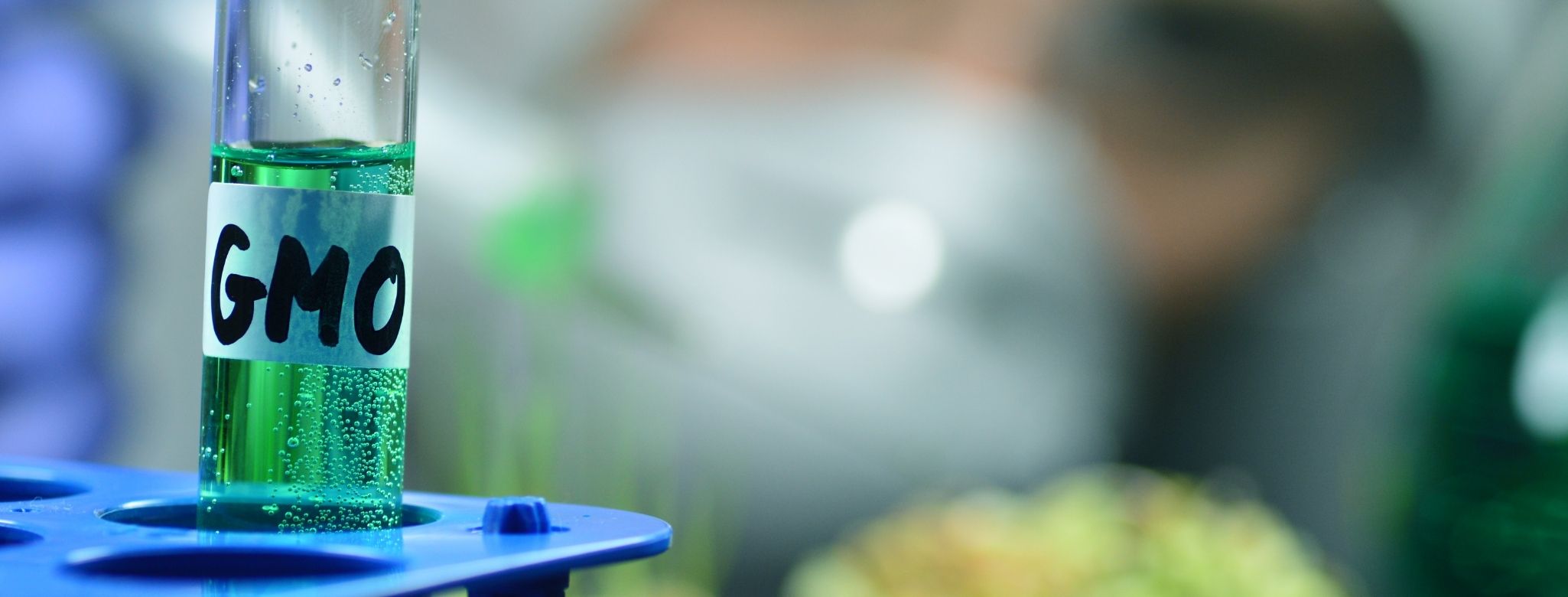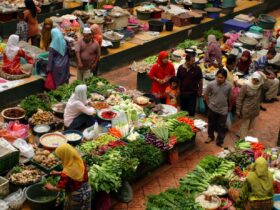Artificial Seed. The word biotechnology is derived from the combination of technology with biology. The use of biological agents such as microorganisms or cellular components for beneficial use is regulated by biotechnology.
Two forms of biotechnology exist. Ancient/traditional biotechnology and modern biotechnology, for example. The processes that are based on microorganisms’ natural abilities are generally known as Old / Traditional biotechnology. Modern biotechnology has been used to manufacture beer, wine, cheese, vinegar, curd, and many foodstuffs. Modern Biotechnology: Modern biotechnology is the mechanism by which a genetically modified organism (GMO) is created by recombinant DNA technology. The term genetic engineering is used to define the mechanism by which recombinant DNA technology can be used to modify the genetic makeup of an organism.
What is an artificial seed?
Synthetic or artificial seeds can be described as the artificial encapsulation of somatic embryos, shoots, buds or cell structures or any tissue that is capable of forming a plant in vitro Natural seed develops after fertilization from the ovule where a bunch of meristematic cells is within a gelatinous capsule as an artificial seed.
The Artificial Seed Parts:
- Embryo Somatic
- Artificial endosperm
- Artificial Seminal Coat
Steps involved in the development of synthetic seeds: The production of synthetic seeds is a multi-step activity involving the following steps:
- 1. Somatic embryogenesis induction
- Somatic Embryo Maturation
- Somatic embryos (synthetic seeds) encapsulation
- Evaluation of the transition of embryoids and plants
- Field Planting/ Green House Planting
The Synthetic Seed Advantages:
- It can be kept at lower temperatures for a long time.
- These seeds can be sown directly like natural seeds in the fields.
- Using synthetic seed technology, hybrid plants can be easily propagated.
- It is possible to spread genetically engineered plants/crops using synthetic seed technology.
- Using synthetic seed technology, endangered species can be propagated.
- Using synthetic seed technology, elite genotypes can be propagated.
- By using synthetic seed technology, genetic uniformity is maintained.
- Synthetic seeds are thin, so they can be handled easily.
Potential Synthetic Seed Uses:
- For the production of hybrid plants that display seed sterility or have unstable genotypes. If the seeds become sterile, it is possible to rescue the immature embryo from the seed (called embryo rescue) and then artificially encapsulate it with a suitable growth medium to enable it to mature and desiccate for germination.
- Conservation of Germoplasm.
- For different purposes of research and examination, such as studying the function of endosperm, etc.
- To produce large numbers of elite species clones at a lower cost
- To offer adjuvant products such as plant growth regulators, pesticides, etc.
- Provides propagation at a low cost
- At any time and in any season of the year, artificial seeds can be created.
Synthetic Seed Limitations:
- A small development of viable micropropagules, useful in the production of synthetic seeds
- Creation of somatic embryos asynchronously
- Improper maturation of somatic embryos, which makes them inadequate for normal plants to germinate and preserve.
- The benefit of this technology is limited by the poor processing of synthetic seeds into plantlets.
- The needed facilities are expensive.
- Special skills are required in order to carry out synthetic seed production activities.






Leave a Reply